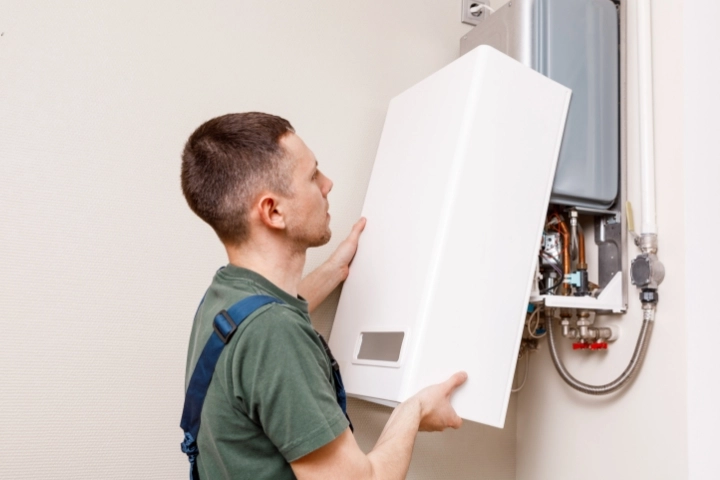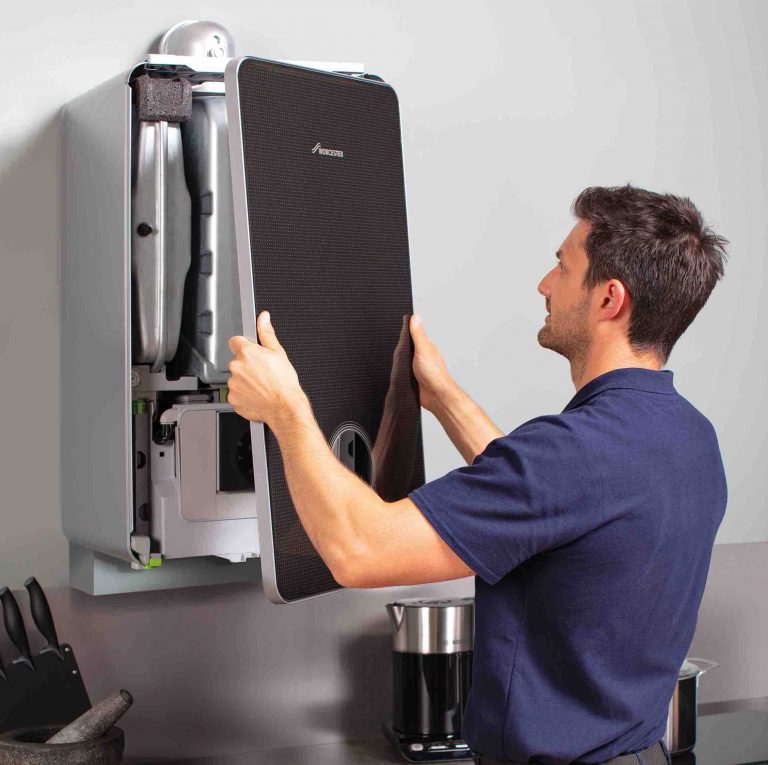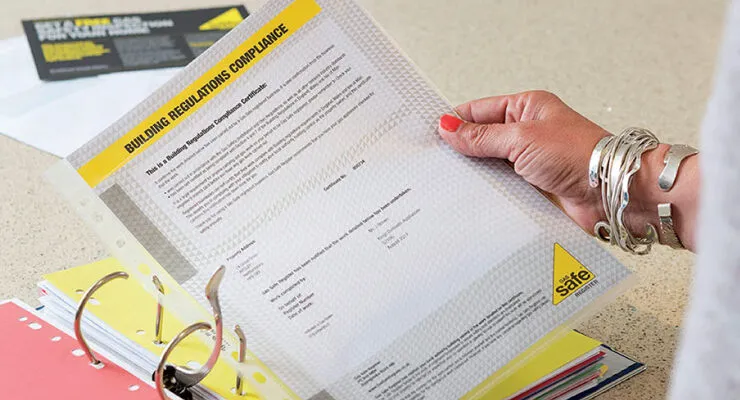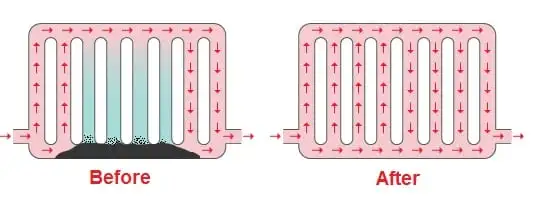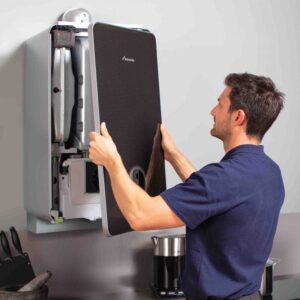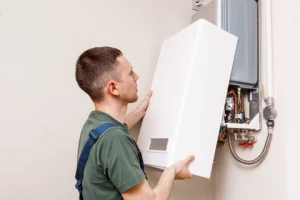New Boiler and Replacement Installation Guide
Introduction
A new boiler installation or replacement is a crucial investment in ensuring a warm and comfortable home during the cold months. Choosing the right boiler and selecting the best installer can be overwhelming, especially with the myriad of options available. This comprehensive guide aims to help you understand the boiler installation process, from selecting the right boiler to finding a reliable and professional installer in Southampton.
Types of boilers
To make an informed decision, it’s essential to know the different types of boilers available on the market. Here are the three most common types of boilers:
a. Combi boilers: Combination boilers are the most popular choice in UK households. These boilers provide central heating and hot water on demand, without the need for a separate hot water cylinder. They are energy-efficient, compact, and often cheaper to install.
b. System boilers: These boilers require a hot water cylinder but do not need a cold-water tank. System boilers are ideal for homes with multiple bathrooms and higher hot water demands. They offer a constant supply of hot water to multiple taps simultaneously.
c. Regular (conventional) boilers: Regular boilers require both a hot water cylinder and a cold-water tank, usually installed in the loft. They are ideal for homes with low water pressure or multiple bathrooms. Regular boilers can be easily upgraded to a system boiler with minimal changes.
Size matters: Selecting the right boiler size
The size of the boiler you choose is crucial to ensure efficient performance and comfort in your home. Boiler size refers to its heating capacity, usually measured in kilowatts (kW). The size depends on the number of radiators, the size of your property, and your hot water demands. A professional installer can help you determine the right boiler size for your needs.
Energy efficiency
Energy efficiency is vital in reducing energy bills and minimizing your carbon footprint. Modern boilers are significantly more energy-efficient than older models. When selecting a new boiler, look for the Energy-related Products (ErP) rating, which ranges from A+++ to G. Choose a boiler with a high ErP rating to ensure better efficiency and lower energy bills.
Budget considerations
New boiler installations and replacements can be expensive. However, investing in a high-quality, energy-efficient boiler can save you money in the long run. Consider the boiler’s initial cost, installation fees, and ongoing maintenance expenses. Many installers offer flexible payment options, such as monthly instalments or finance plans, to ease the financial burden.
Finding the right installer
Hiring a professional, reliable, and Gas Safe registered installer is vital for a successful boiler installation. Here are some tips to help you find the right installer:
a. Research: Start by searching online for local gas boiler installers in Southampton. Read customer reviews, check their websites, and verify their Gas Safe registration.
b. Recommendations: Ask friends, family, or neighbours for recommendations. Personal experiences can provide valuable insights into an installer’s quality of service and professionalism.
c. Quotes: Obtain quotes from at least three different installers. Compare their prices, services, and guarantees to make an informed decision.
d. Experience: Check the installer’s experience and expertise in handling the specific type of boiler you’re considering. This ensures proper installation and adherence to safety regulations.
e. Warranty: A reputable installer should provide a comprehensive warranty on their workmanship and the boiler itself. This gives you peace of mind in case any issues arise after the installation.
Preparing for the installation
Before the installation day, clear the area around your existing boiler and the new installation site. Ensure that your installer has easy access to your home and the necessary tools to complete the job. Discuss any specific requirements or concerns with your installer beforehand to avoid surprises.
The installation process
The boiler installation process may vary depending on the type of boiler and the complexity of the job. Here’s a general outline of what to expect during the installation:
a. Removing the old boiler: If you’re replacing an existing boiler, the installer will begin by safely disconnecting and removing your old unit. They’ll ensure that all pipes and connections are capped to prevent leaks.
b. Installing the new boiler: The installer will position the new boiler in the designated location, following the manufacturer’s guidelines. They will connect it to the existing pipework, making any necessary adjustments or modifications.
c. Connecting to the gas supply: The installer will connect the boiler to the gas supply and ensure all connections are secure and leak-free.
d. Setting up the flue: The installer will fit the flue according to the manufacturer’s instructions and ensure it meets safety regulations.
e. Installing controls: Your installer will set up the boiler controls, including timers, thermostats, and any smart home integrations you’ve chosen.
f. Filling and pressurising the system: The installer will fill your central heating system with water and pressurise it to the appropriate level.
g. Testing and commissioning: Once everything is connected, the installer will test the boiler and central heating system to ensure they are functioning correctly and efficiently.
h. Demonstrating and handover: The installer will show you how to operate the boiler and its controls, and provide you with the necessary documentation, including the manufacturer’s warranty and Gas Safe certification.
Aftercare and maintenance
Regular maintenance is crucial to keep your new boiler functioning efficiently and safely. Here are some aftercare tips to prolong your boiler’s lifespan:
a. Annual servicing: Schedule an annual service by a Gas Safe registered engineer to ensure your boiler’s optimal performance and maintain its warranty.
b. Bleed radiators: Regularly bleeding your radiators helps maintain your central heating system’s efficiency by removing air trapped inside.
c. Check pressure: Monitor your boiler’s pressure gauge and repressurise the system if necessary, following the manufacturer’s guidelines.
d. Insulate pipes: Insulate exposed pipes, especially during winter months, to prevent freezing and potential damage.
e. Install a carbon monoxide detector: A carbon monoxide detector alerts you to any potential gas leaks, ensuring the safety of your home and its occupants.
Conclusion
Investing in a new boiler installation or replacement is a significant decision for any homeowner. By understanding the types of boilers available, selecting the right size, and considering energy efficiency, you can make an informed choice that suits your needs and budget. Finding a reputable, Gas Safe registered installer and following the necessary aftercare tips will ensure that your new boiler serves you efficiently and safely for years to come.

